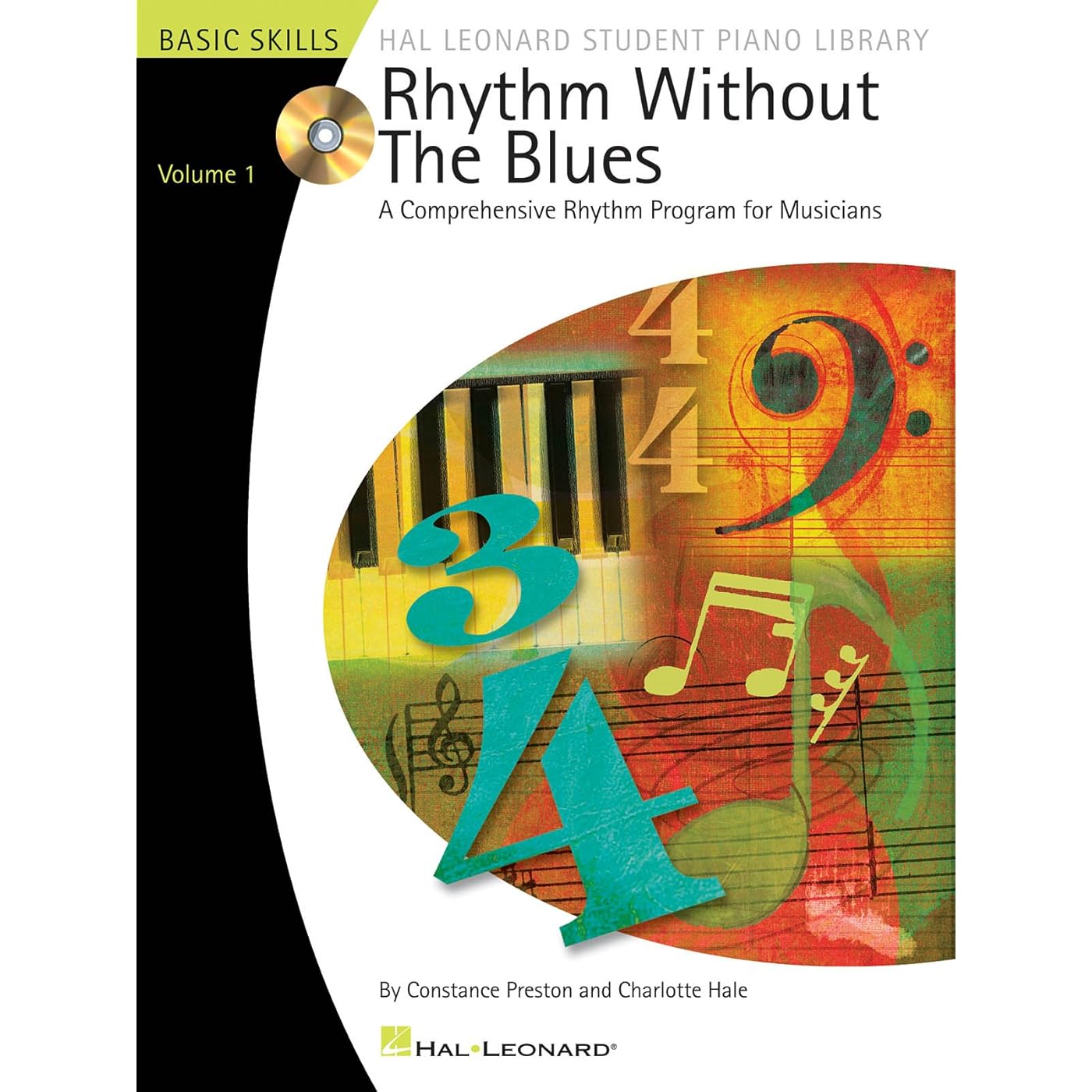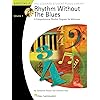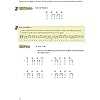




Ready to go? Add this product to your cart and select a plan during checkout. Payment plans are offered through our trusted finance partners Klarna, PayTomorrow, Affirm, Afterpay, Apple Pay, and PayPal. No-credit-needed leasing options through Acima may also be available at checkout.
Learn more about financing & leasing here.
30-day refund/replacement
To qualify for a full refund, items must be returned in their original, unused condition. If an item is returned in a used, damaged, or materially different state, you may be granted a partial refund.
To initiate a return, please visit our Returns Center.
View our full returns policy here.
Description
(Educational Piano Library). A new series in the Hal Leonard Student Piano Library, Rhythm Without the Blues is an innovative program aimed at building a clear understanding of rhythm and the ability to perform it accurately. This step-by-step method offers demonstrations, listening, performance opportunities, and rhythmic dictations to help students on any instrument reinforce and hone rhythmic skills. The accompanying CD features over 90 exercises, recorded by real instruments, to aid in these goals and make the learning process enjoyable. Read more
Publisher : Hal Leonard; Pap/Com edition (January 1, 2007)
Language : English
Paperback : 53 pages
ISBN-10 : 0634088033
ISBN-13 : 32
Item Weight : 8.5 ounces
Dimensions : 9 x 0.21 x 12 inches
Best Sellers Rank: #2,133,682 in Books (See Top 100 in Books) #1,988 in Music Theory (Books) #2,247 in Jazz Music (Books) #3,431 in General Musical Instrument Accessories
#1,988 in Music Theory (Books):
#2,247 in Jazz Music (Books):